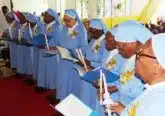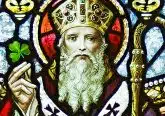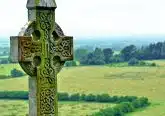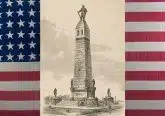How Irish Catholic slaves brought the faith to the Caribbean
National Catholic Register, Mar 16, 2024 / 07:00 am
When St. Patrick arrived in Ireland in the fifth century, he came first as a slave. He later returned as a missionary to plant the seeds of the Catholic faith. In a similar fashion, when the first Irish came to the island of Montserrat, they were slaves who planted the Catholic faith in this “Emerald Isle of the Caribbean.”
Much like Ireland, Montserrat is a lush, green, and mountainous island, where St. Patrick is venerated and shamrock symbols can be found everywhere as a sign of the Montserratians’ blended Irish heritage and ancestry. The British Caribbean territory is the one place in the world where St. Patrick’s Day is celebrated as a public holiday for an entire week, not just on March 17.
“The island is filled with Irish names. Everybody has an Irish name: Sweeney, Alan, Fergus, Osborne; and the names of places on the island are all Irish: Cork Hill, Kinsale, Fogerty Hill,” Carol Osborne, a Catholic resident of Montserrat, told the National Catholic Register, CNA’s sister news partner, illustrating the impact of the Irish who first colonized the island after its founding in 1632.
Osborne explained that Montserrat’s St. Patrick’s week is a kind of homecoming for the Montserratian diaspora. Visitors get a shamrock stamped in their passports, and many Irish Americans take advantage of the inexpensive airfares to spend the March holiday in the Caribbean.
Last year marked the return of the St. Patrick’s Festival after being closed since 2020 due to the pandemic. Visitors come from all over the world and many Montserratians return home for 10 days of celebrations, culture, and traditional foods.
“It really is a happy week,” Osborne said. Although the African cultural heritage is mostly at the forefront throughout the year, when St. Patrick’s week comes, “everybody is Irish in Montserrat.”
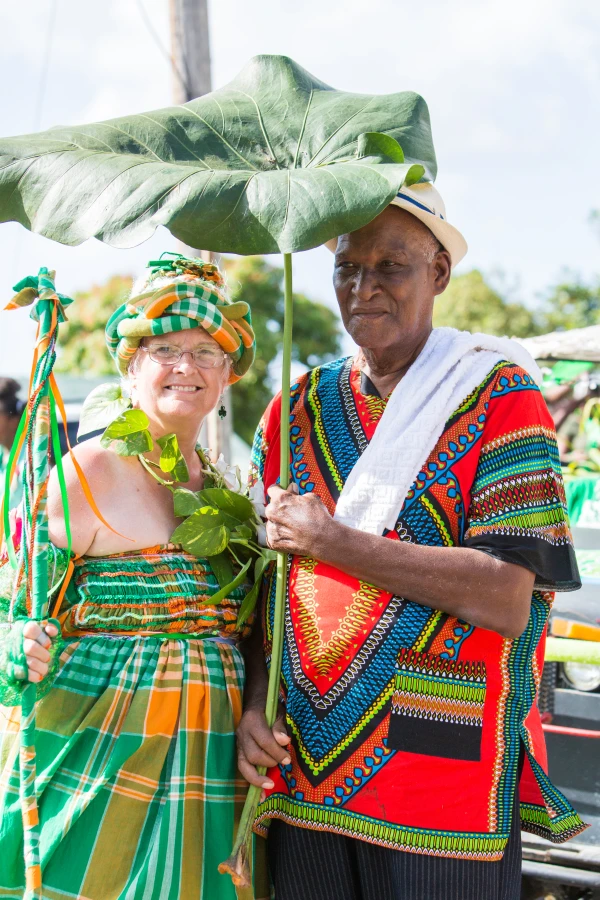
African and Irish Catholic ancestry
Montserrat’s island culture largely derives from its African and Irish Catholic ancestors, who were both in bondage and eventually intermarried — a number of Montserratians have dark skin, blue eyes, and red highlights in their hair.
Osborne explained that Montserrat’s traditional masquerade dances are a cross between Irish step dance and African dance. The island boasts a traditional dish known as “goat water,” which Osborne likened to a traditional Irish stew but fused with African flavor. Irish influence can even be seen in the island’s unique folk music, as exemplified by Montserrat’s Emerald Community Singers.
The St. Patrick’s week of festivities honors both the heritage of the island’s Irish-Catholic descendants and their enslaved African ancestors, who attempted their own failed rebellion on March 17, 1768, against those Irish who had, over the course of a century, moved from bonded laborers into the planter class.
Irish Catholic origins
Since the early 17th century, the history of Ireland and the Caribbean islands has been entwined. The English rulers of Ireland, particularly under the dictatorship of Lord Protector Oliver Cromwell, forced indeterminate thousands of Irish Catholic men, women, and children to be sold into bonded slavery in the Caribbean. As involuntary “indentured servants,” their bodies could be lawfully bought, sold, used, and abused by their plantation masters for a set period of “servitude,” which could also be indefinitely extended. Many of them were brought to Montserrat.
African slaves transported to British Caribbean holdings later in the 17th century would experience even worse brutality at the hands of their masters, as perpetual or chattel slaves, until slavery was finally abolished throughout the British Empire in 1834.
While these Irish brought the Catholic faith to Montserrat, which at one point was dominated by Irish inhabitants more than the other British Caribbean islands, fewer than 12% of Montserratians identify themselves as Catholic — a consequence of the legal discrimination that the Church endured until the first half of the 19th century, which prevented them from sending priests to the island and building churches. Most of the islanders are Christian, but the two largest denominations are the Anglican and Pentecostal churches.
James Doan, a humanities professor at Nova Southeastern University in Florida, highlighted the challenges in a research paper for the International Association for the Study of Irish Literatures, stating: “Priests said Mass in secret, some being smuggled from nearby St. Kitts (60 miles away) disguised as sugar-cane workers.” Only in 1826, Doan pointed out, did a Catholic priest receive funds and permission from the authorities to build a church for his flock.
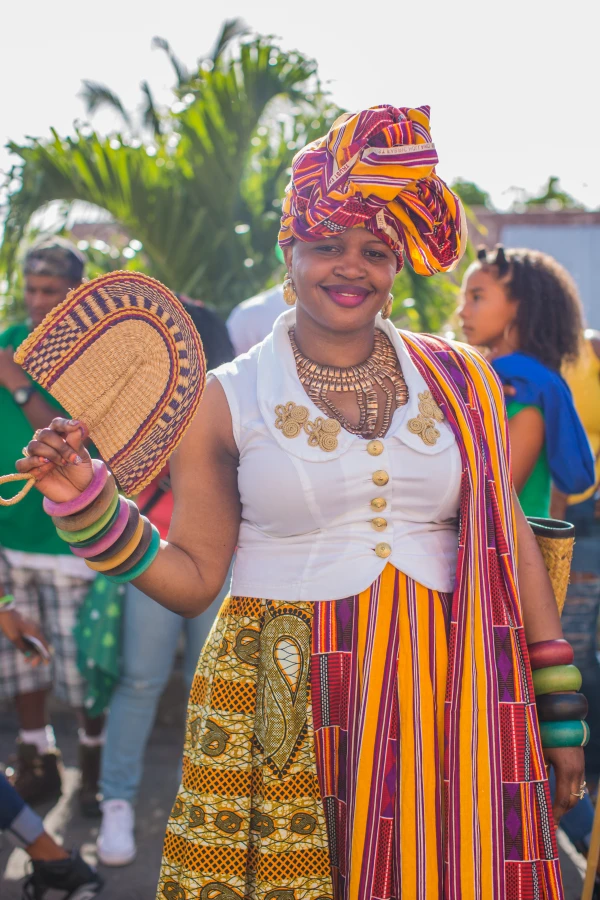
A hardy faith
Still, the Catholic faith has hardy roots in Montserrat. It has weathered and rebuilt after severe natural disasters, such as the devastation of Hurricane Hugo in 1989 and the 1997 eruptions of the island’s volcano, which destroyed the previous capital city of Plymouth and rendered the island’s southern area uninhabitable. Approximately two-thirds of the island’s pre-disaster population emigrated, but a third remained to rebuild their future in the preserved north.
“Contrary to what some people thought, it actually strengthened their faith. They were very thankful that God protected their island,” Father George Agger, who was pastor on Montserrat from 2006 to 2015, told the Register. Despite the devastation, most people were successfully evacuated, and only 19 lives were lost.
The people of Montserrat have a “very strong faith” that treasures the blessings that they have, explained Agger, of the Divine Word Missionaries. Agger recounted that when he would visit the sick and dying on Montserrat and ask them how they were doing, they would say, “Thank God for life!”
Osborne pointed out that the Church established one of Montserrat’s first schools, St. Augustine’s Roman Catholic School, more than 140 years ago and rebuilt it after the Soufrière Hills volcano destroyed it. The island’s three Catholic churches were all named for saints the Montserratians identify with: St. Patrick (the slave who brought Christianity to his former captors); St. Martin de Porres (who also has mixed African-European ancestry); and Our Lady of Montserrat (who is known in Spain as the “Black Madonna,” due to the color of the statue). Only St. Patrick’s and St. Martin de Porres have been rebuilt in new locations, but Osborne said that a Florida family donated a beautiful statue of St. Patrick to Montserrat’s Catholic community.
Lasting Irish connection
Since the 1970s, Montserrat’s Catholic community has been served by Irish priests from the Divine Word Missionaries.
Agger said the first Irish priest to arrive in Montserrat from his order was Father Larry Finnegan, a local hero highly regarded for his self-sacrifice during the volcanic crisis.
“He stayed with people, he could have had nice accommodations, but he lived with the people in the evacuation centers … with 80 different people sharing two toilets, one shower and the same food,” Agger said. Finnegan, who died in 2015, also worked hard to make sure that St. Augustine’s school was rebuilt and reopened quickly for the school children. “He was my best friend, and it was great to work where he had worked.”
The Anglican community of Kinsale, Ireland, also fundraised to help rebuild St. Patrick Church in a new location, after their pastor learned from Agger that it had been destroyed in Kinsale, Montserrat, by the volcano. They sent a beautiful processional cross made of stainless steel that incorporated a sail, symbolizing the journey of St. Patrick overseas, and a new Book of the Gospels.
What connects the Irish and the Montserratians is the figure of St. Patrick that looms large in their identities. Religious leaders give the annual sermon that opens the St. Patrick’s week festivities.
This story was first published by the National Catholic Register, CNA’s sister news partner, on March 17, 2016, and was updated March 14, 2024.










